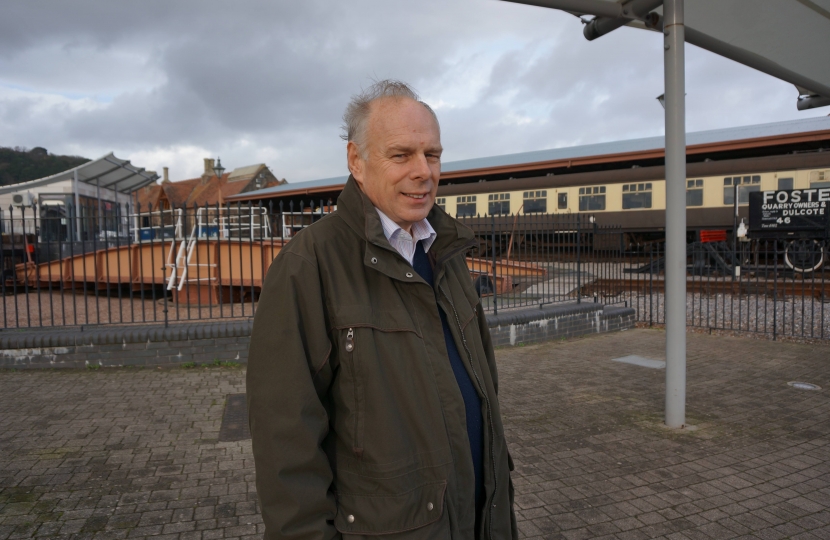
Bridgwater and West Somerset MP Ian Liddell-Grainger has welcomed a report showing flood levels could be cut by more tree-planting.
But, he says, the whole issue of land management in flood-prone rivers like the Parrett and Tone needed to be revised in order to identify and eliminate other environmental risks.
An Environment Agency-funded study by the universities of Birmingham and Southampton says it is impractical to provide hard defences to protect all riverside communities, but that planting trees around feeder streams could reduce the height of flooding in towns by up to 20 per cent by slowing the rush of rainwater.
It urges a strategic approach targeting planting on between 25 and 40 per cent of an entire catchment.
Mr Liddell-Grainger, hundreds of whose constituents were flooded in 2014, says the research is likely to prove ‘extremely useful’ in the long-term programme to cut the flood risk on the Somerset Levels.
He has already asked for parliamentary time to debate the £35 million Parrett barrage, planned to sit downstream of Bridgwater and which would allow greater control of water levels in the catchment, particularly during high tides.
But he said: “Flooding is a complex problem which will inevitably require a number of approaches to tackle. The tree-planting is clearly one very useful tool in the box. But we also need to look at other issues such as the widespread planting of maize in the upper catchment which is apparently allowing very rapid run-off of rainwater.
“It would be ironic indeed if we found that maize was being grown to feed bio-digesters and generate clean energy to reduce carbon emissions but that the practice was simultaneously exacerbating the problems linked to climate change elsewhere.”
